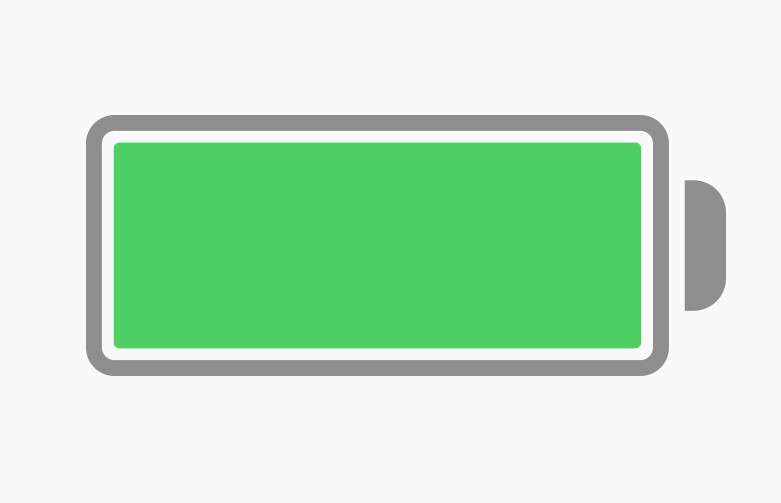Submitted by Penelope Wang on
Maintaining the health of an iPhone battery is important, particularly as the device ages. iPhone models from the 14 and 15 series currently face the highest out-of-warranty battery replacement costs at $99. Recent updates in March 2023 have also seen a $20 increase for older models, setting the replacement costs at $89 for the iPhone 13 through iPhone X, and $69 for the iPhone SE, iPhone 8, and earlier models.
For users frequently updating their devices every year or two, battery degradation is less likely to be a concern unless the battery is defective. However, iPhones that are more than two years old will inevitably experience reduced battery health. This decline is primarily due to chemical aging and the number of charge cycles the battery undergoes. Battery health is sensed and tracked automatically by iOS.
Follow these steps to check iPhone battery health:
- Navigate to Settings -> Battery
- Tap Battery Health & Charging to view the current battery capacity
If the battery's capacity falls below 80% of its original state, it may be time to consider a replacement, especially if the device experiences unexpected shutdowns or cannot sustain peak performance. When a battery's capacity diminishes below 80%, iOS may engage performance management features to prevent abrupt shutdowns, although users have the option to disable this setting. Apple's design ensures that their batteries should retain up to 80% capacity after 500 complete charge cycles under normal conditions.
For those seeing a message indicating degraded or unknown battery health, it's advisable to visit an Apple Store, contact Apple Support, or consult with an Apple Authorized Service Provider for a certified replacement.Battery replacements may be covered under the standard one-year warranty or through AppleCare. As previously mentioned, without warranty coverage, fees range from $69 to $99, depending on the model.
Newest iPhone FAQs
Maintaining battery longevity can be supported by charging habits; avoiding allowing the battery to drop below 20% and stopping the charge at 80% can be beneficial. Apple defines a charge cycle as using 100% of the battery’s capacity, which does not necessarily occur through a single charge but could be cumulative over several days.
